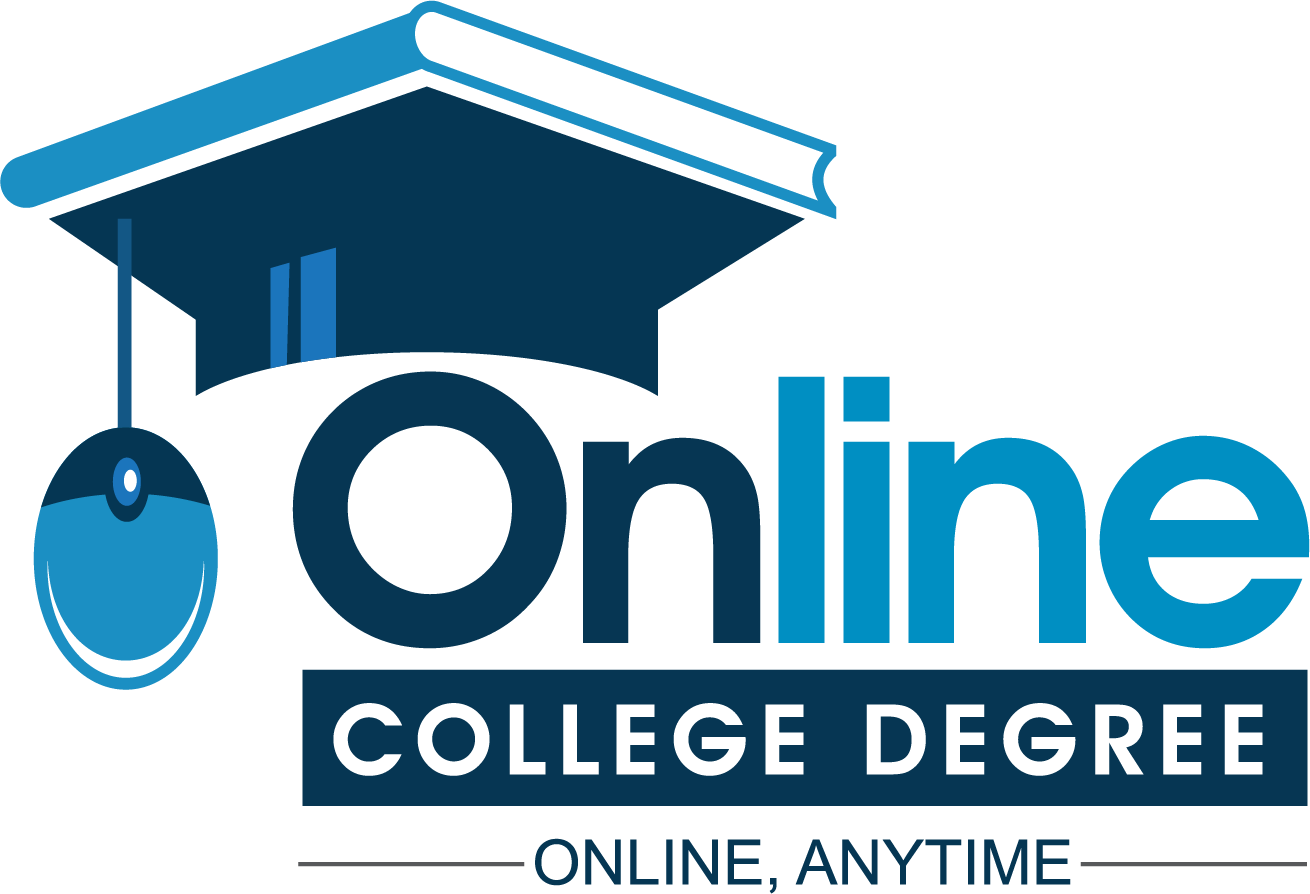Distance learning is no longer a trend, but a real, ongoing phenomenon that has attracted thousands of students around the world. In the United States, for example, the number of students enrolled in distance education has increased five-fold, from approximately 1.5 million to 6 million in the past decade, according to WCET distance education.
The benefits of online education are obvious and what started as an experience quickly turned out to be the start of a new era in higher education. The main ingredient that led to the growing success of distance education and online education was the challenge we all face today: the lack of time combined with the need for professional certification which increases the chances of success. Of course, it is worth learning online in the digital world. The question remains on how to choose the right course or diploma online. With so many course providers and distance learning certificates, deciding where to enroll can seem complicated. How do you know which online course provider you can trust? To make the right decision and choose the perfect course, you need to make sure that you are applying for the right online or distance learning organization.
Read below and get a clearer picture of the difference between different online degrees and online course providers.
History of distance learning.
In the past, the first attempts at distance learning were college distance learning courses, in which teachers’ handwritten assignments were mailed to students. In return, teachers would receive transcripts to be corrected. The first university to introduce distance education degrees as we know them today was Jones International University in the United States in 1999.
Integrated online degrees from universities around the world
American universities started the trend, and then many other universities around the world, universities in Britain and other European countries followed. First and foremost, universities have started to include online learning and blended programs as well as their traditional degrees on campus to offer students a much wider range of options. Since many universities thought these programs would become very popular, online degrees exploded in the 2000s in terms of the number of students who chose to enroll. The main advantage is that an online diploma has the same value and the same recognition as a student diploma on campus.
Open universities
Open universities are educational institutions that cater specifically to students from around the world who are interested in studying online. Open universities have been labeled open because most of them generally do not have guidelines on entry requirements, which means that they accept each student regardless of their level of education.
So you can easily create an account, request a course and start learning. You can choose from a variety of subjects, but in most cases, you cannot obtain a university degree. However, you can earn credits with which you can get a professional certificate. At the Open University in Great Britain, you can first apply for the first level module (beginners). Once you have completed and acquired the required number of credits, you can continue to study a professional certificate course in the same field.
Online courses and professional certificate providers.
An online course that can last anywhere from a few hours to a few months is probably the easiest way to improve your skills. Today, there are many educational institutions that offer courses ranging from grammar to foreign languages, including software, interior design and much more. If you literally want to take an online course for professional purposes (continuing professional development course) to develop your knowledge and skills and advance your career, or if you are only interested in a specific subject and want to know more, short Online Courses These are really good deals for everyone.
